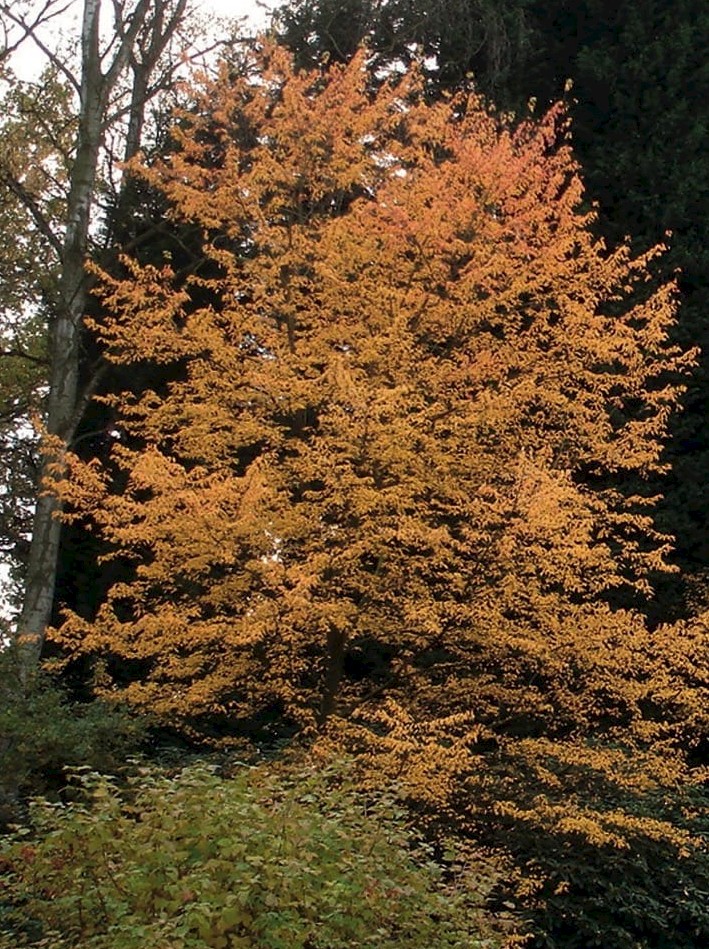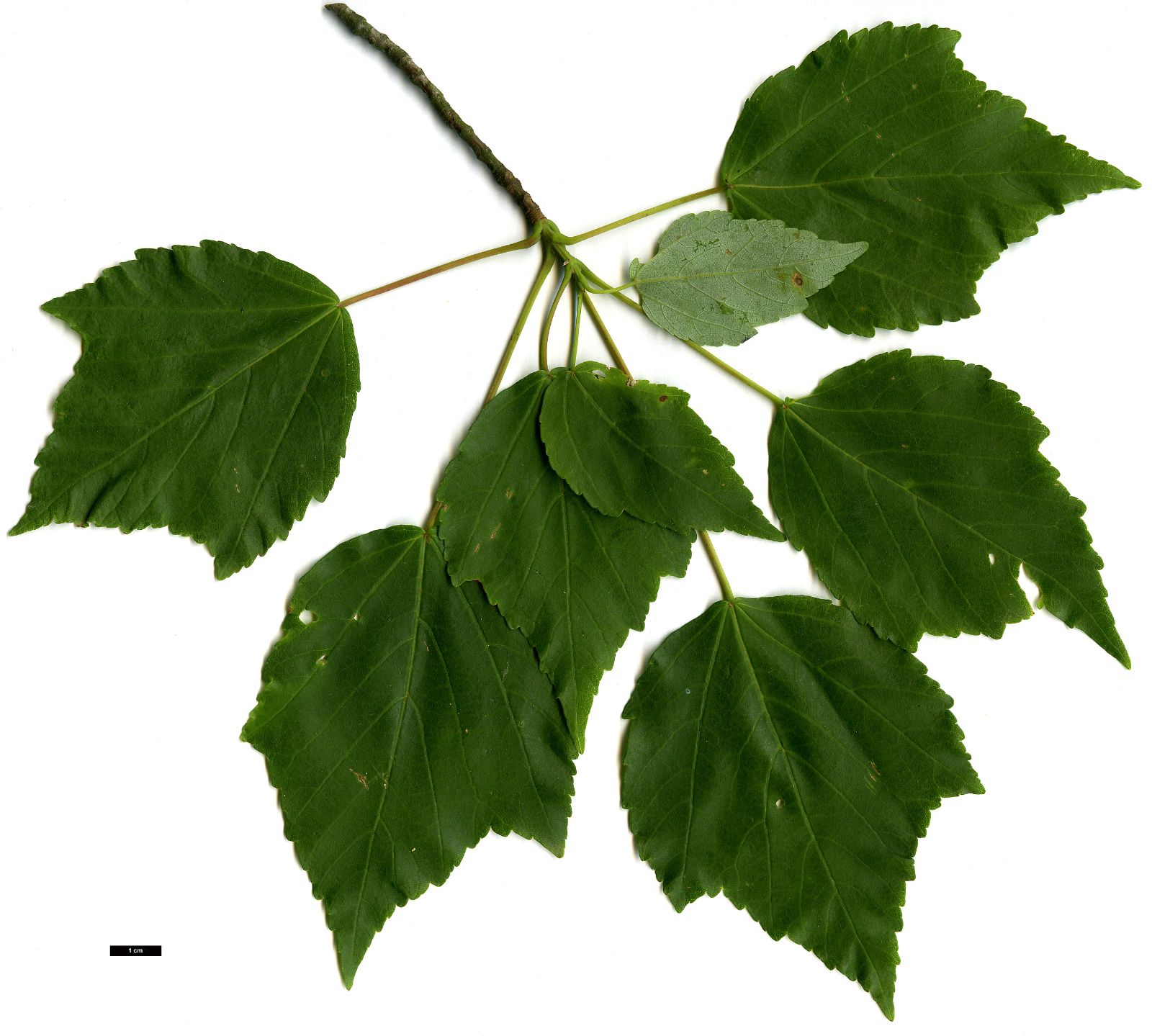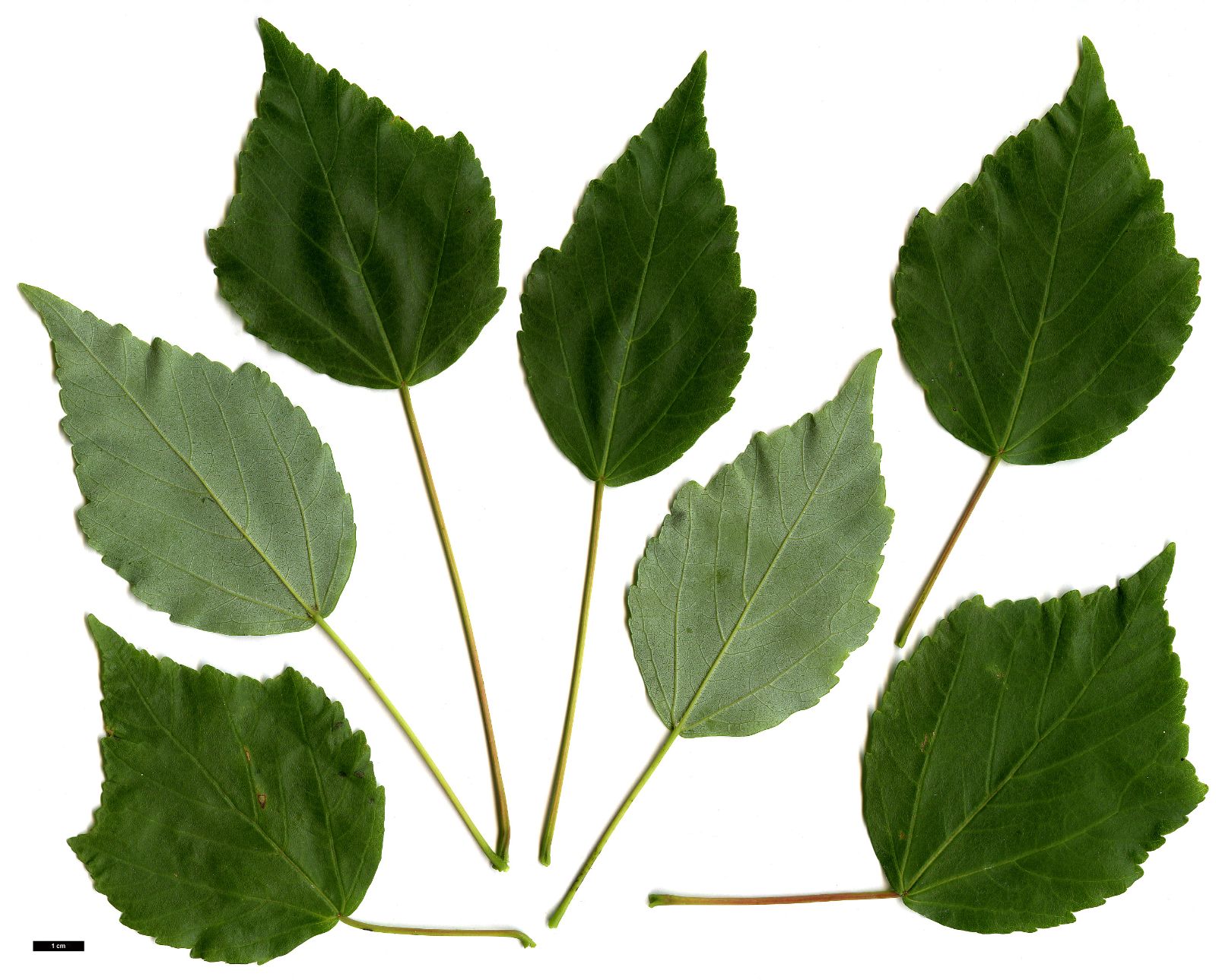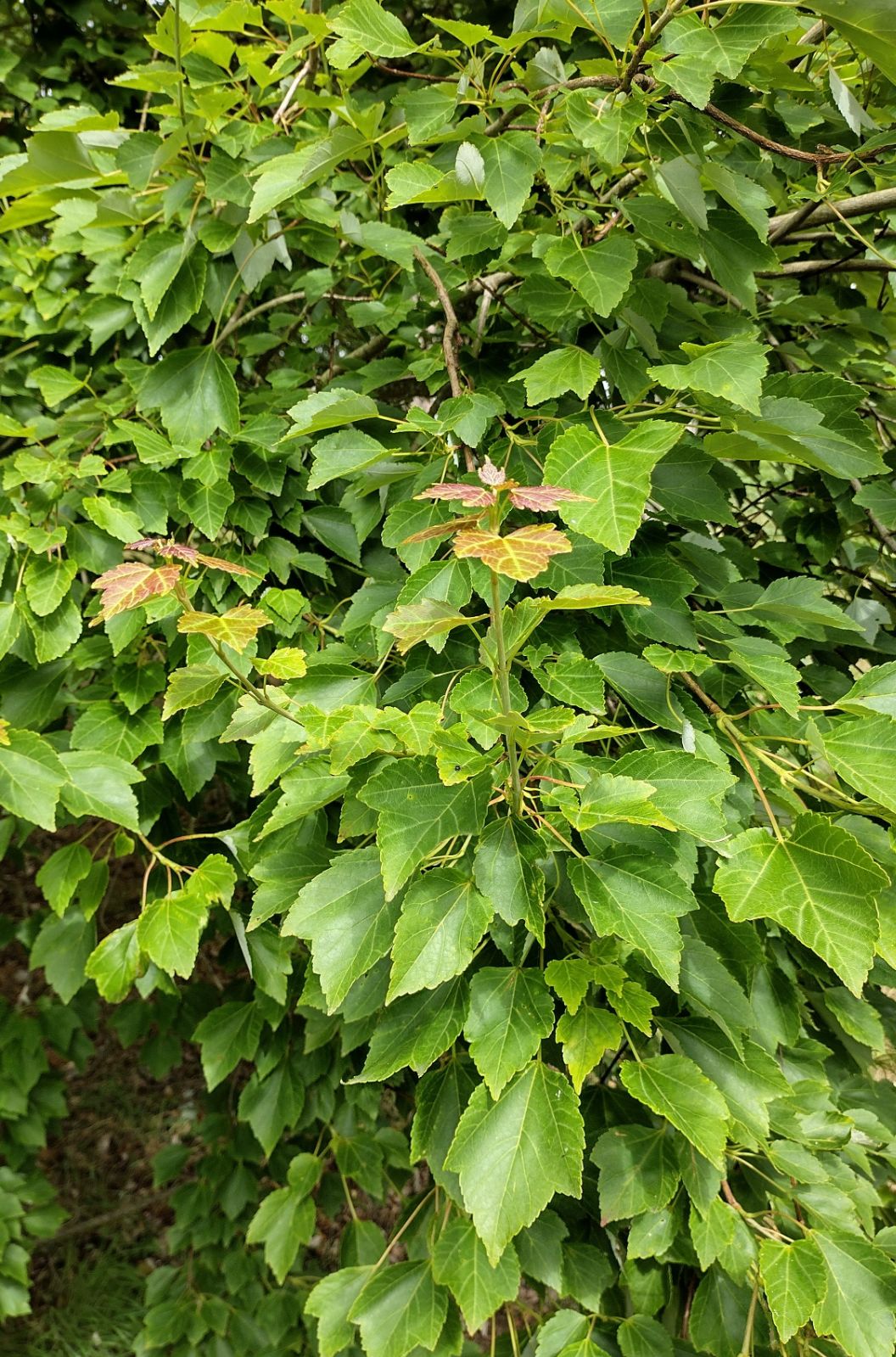Acer pycnanthum
Sponsor
Kindly sponsored by
a member of the International Dendrology Society
Credits
John Grimshaw, Ross Bayton and Dan Crowley (2021)
Recommended citation
Grimshaw, J. M., Bayton, R. and Crowley, D. (2021), 'Acer pycnanthum' from the website Trees and Shrubs Online (treesandshrubsonline.
Genus
- Acer
- Sect. Rubra
Common Names
- Japanese Red Maple
- Hananoki
Other taxa in genus
- Acer acuminatum
- Acer amplum
- Acer argutum
- Acer barbinerve
- Acer buergerianum
- Acer caesium
- Acer calcaratum
- Acer campbellii
- Acer campestre
- Acer 'Candy Stripe'
- Acer capillipes
- Acer cappadocicum
- Acer carpinifolium
- Acer 'Cascade'
- Acer caudatum
- Acer ceriferum
- Acer chapaense
- Acer chienii
- Acer circinatum
- Acer cissifolium
- Acer × conspicuum
- Acer cordatum
- Acer coriaceifolium
- Acer × coriaceum
- Acer crataegifolium
- Acer davidii
- Acer diabolicum
- Acer distylum
- Acer divergens
- Acer duplicatoserratum
- Acer elegantulum
- Acer erianthum
- Acer 'Esk Flamingo'
- Acer fargesii
- Acer fenzelianum
- Acer flabellatum
- Acer forrestii
- Acer franchetii
- Acer × freemanii
- Acer fulvescens
- Acer 'Gimborn'
- Acer ginnala
- Acer glabrum
- Acer 'Gold Coin'
- Acer granatense
- Acer grandidentatum
- Acer griseum
- Acer heldreichii
- Acer henryi
- Acer × hillieri
- Acer hookeri
- Acer hyrcanum
- Acer japonicum
- Acer kawakamii
- Acer komarovii
- Acer laevigatum
- Acer laurinum
- Acer laxiflorum
- Acer lobelii
- Acer longipes
- Acer macrophyllum
- Acer mandshuricum
- Acer maximowiczianum
- Acer maximowiczii
- Acer metcalfii
- Acer miaotaiense
- Acer micranthum
- Acer 'Mindavi'
- Acer 'Minorient'
- Acer miyabei
- Acer miyabei × campestre
- Acer monspessulanum
- Acer morifolium
- Acer 'Mozart'
- Acer oblongum
- Acer obtusifolium
- Acer okamotoanum
- Acer oliverianum
- Acer opalus
- Acer orientale
- Acer palmatum
- Acer papilio
- Acer pauciflorum
- Acer pectinatum
- Acer pensylvanicum
- Acer pentaphyllum
- Acer pentapotamicum
- Acer pictum
- Acer pilosum
- Acer pinnatinervium
- Acer platanoides
- Acer platanoides × amplum
- Acer platanoides × truncatum
- Acer × pseudoheldreichii
- Acer pseudoplatanus
- Acer pseudosieboldianum
- Acer pubinerve
- Acer rubescens
- Acer rubrum
- Acer rufinerve
- Acer saccharinum
- Acer saccharum
- Acer sempervirens
- Acer 'Serpentine'
- Acer serrulatum
- Acer shenkanense
- Acer sieboldianum
- Acer sikkimense
- Acer 'Silver Cardinal'
- Acer 'Silver Ghost'
- Acer sinense
- Acer sinopurpurascens
- Acer spicatum
- Acer stachyophyllum
- Acer taronense
- Acer tataricum
- Acer tegmentosum
- Acer tenellum
- Acer tetramerum
- Acer tibetense
- Acer tonkinense
- Acer triflorum
- Acer truncatum
- Acer tschonoskii
- Acer turkestanicum
- Acer tutcheri
- Acer ukurunduense
- Acer velutinum
- Acer wardii
- Acer 'White Tigress'
- Acer wilsonii
- Acer × zoeschense
A decidous tree to 20 (–27) m; usually smaller in cultivation. Bark grey and longitudinally fissured, becoming rather shaggy. Branchlets reddish brown to grey-brown, glabrous. Leaves deciduous, papery or leathery, 6–8(–12) × 2.5–7(–11) cm, palmately three-lobed, lobing very shallow, upper surface shiny green and glabrous, lower surface glaucous and largely glabrous, margins irregularly serrate, apex acute; petiole 3–9 cm long, reddish; autumn colour yellow to orange-red. Inflorescence terminal and lateral, umbellate with 4–10 flowers. Flowers 5-merous, dioecious; sepals oblong, red, petals none to five, smaller than sepals, stamens five to six, inserted outside the nectar disc. Samaras 2–3 cm long, wings spreading acutely. Flowering April, before the leaves, fruiting May to June (Japan) (van Gelderen et al. 1994; van Gelderen & van Gelderen 1999; Ogata 1999).
Distribution Japan Central Honshu
Habitat Wet, lowland sites.
USDA Hardiness Zone 5
RHS Hardiness Rating H6
Conservation status Vulnerable (VU)
Acer pycnanthum was said by Bean (1976a) to be probably not in cultivation in the United Kingdom, but over 25 specimens are currently on the TROBI list of notable individuals, the tallest in England being two male trees of over 14 m at the Sir Harold Hillier Gardens. An important source of seed in the early 1970s was the Japanese nurseryman Seyo Yamaguchi, who gave material to Peter Barnes and Roy Lancaster (R. Lancaster, pers. comm. 2007), from which some of the largest specimens today are derived (including the Irish champion at Dunloe Castle Hotel, Co. Kerry, 15 m tall when measured in 2000, TROI); but the first introduction to the West is credited to James Harris in 1971 by van Gelderen et al. (1994). The species can make shapely pyramidal specimens with considerable presence, several being designated National Monuments in Japan, and in cultivation many look set to exceed the 15 m quoted for wild trees. A smaller stature is said to be a distinguishing feature from its close relative, the North American A. rubrum, but the difference may become blurred in cultivation if these trees continue to grow strongly. Other horticultural distinctions are its slightly glossier leaves and less reliable autumn colour – at Hergest Croft it is ‘sometimes a good red’ (L. Banks, pers. comm. 2006), although in the wild it can be a brilliant scarlet. The young foliage can also be tinted red, and as in A. rubrum the flowers and reddish young fruit can be spectacular. Several variegated cultivars are known (van Gelderen & van Gelderen 1999).





